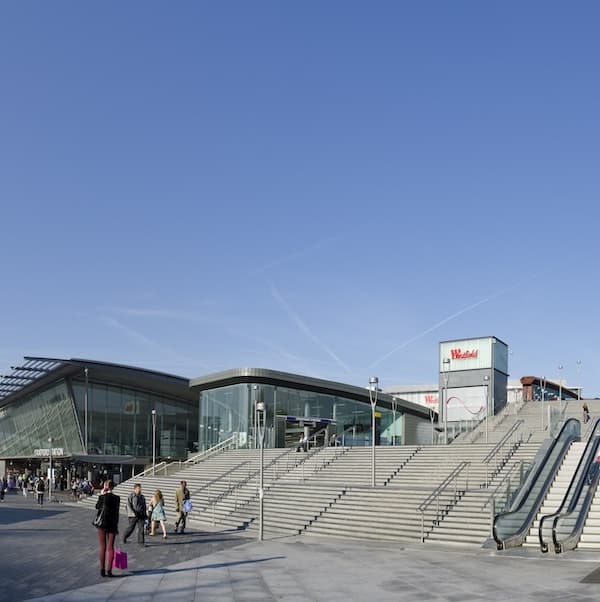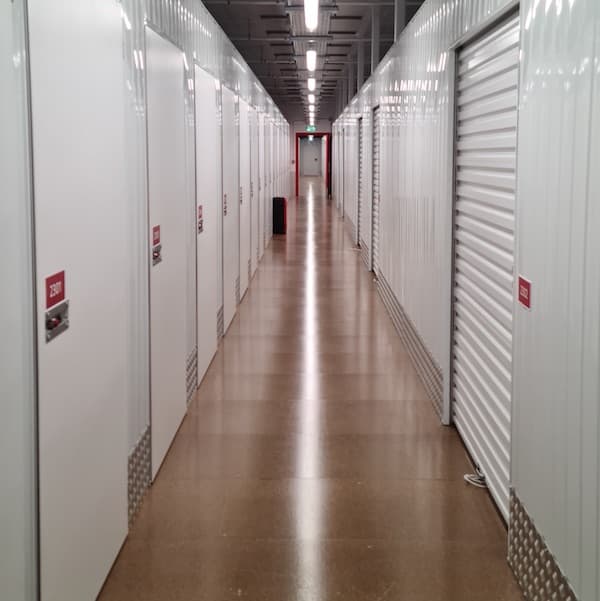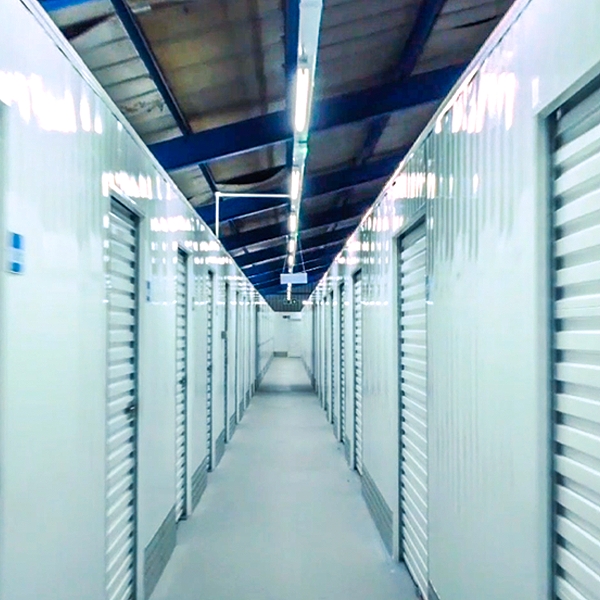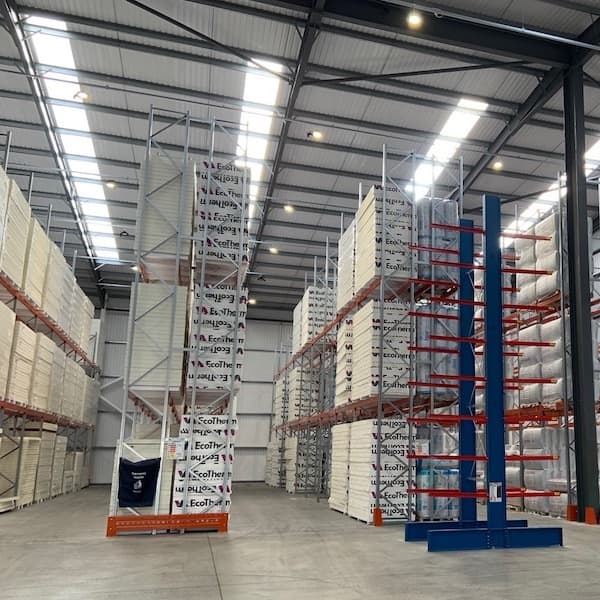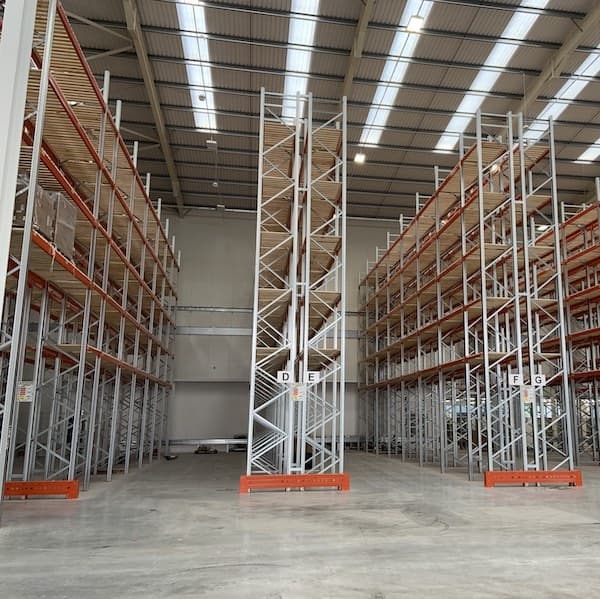- Mezzanine Floors
- Solutions
- Multi-Tier Mezzanines
- Mezzanine Pallet Safety Gates
- Mezzanine Staircases
- Mezzanine Handrails and Balustrades
- Mezzanine Decking
- Fire Protection for Mezzanine Floors
- Mezzanine Lift Shaft Design and Installation
- Resources
- Mezzanine Floor Calculator
- Mezzanine Floor Regulations and Building Control
- Self-Storage Mezzanine Floors
- Self-Storage Units
- Resources
- Self-Storage Site Selection Information
- Calculating The ROI of Self-Storage Conversions
- Planning for Automation in Self Storage
- Racking & Shelving
- Services
- Racking Design
- Racking Manufacture
- Racking Installation
- Racking Inspections
- Retail Racking And Shelving Systems
- Solutions
- Cantilever Racking
- Pallet Racking
- Coil Racking
- Longspan Shelving
- Tyre Racking
- Kimer Racking
- Live Storage Racking
- Drive In & Drive Through Racking
- Clip Shelving
- Mobile Shelving
- Custom Fabrications
- About Us
- USS Case Studies
- Self-Storage Fit-out For Raked Ceiling Building
- Mezzanine And Staircases For Entertainment Venue
- New Mezzanine And Staircases For Major Retailer
- Mezzanine Pallet Safety Gate
- Self-Storage Fit-Out Project For Brand New Facility
- Warehouse Racking, Wire Mesh & Shelving for New Warehouse
- Self-Storage Partition System & Components Installation
- Self-Storage Store Mezzanine And Staircases
- Multi-Tier Mezzanine For Logistics & Distribution Facility
- Warehouse Plant Platform
- Self-Storage Facility Space Expansion
- Mezzanine Floor For Distribution Warehouse
- Bespoke Feature Staircase & Mezzanine
- Single Level, Multi-Use Mezzanine
- Mezzanine For A New Building
- Mezzanine Floor For Plumbing Supplies Warehouse
- New Racking System and Mezzanine Floor
- Car Park Conversion To Self Storage Facility
- Pallet Racking and Cantilever Racking For Warehouse
- Two Mezzanine Floors For Self-Storage Facility In Birmingham
- Our Accreditations
- Contact Us
- USS Case Studies
- More than 55.6% of organisations are now using technology to help analyse and report on supply chain disruptions.
- The percentage of organisations using technology to help with supply chain mapping has risen from 22.6% in 2019 to 40.5% in 2020.
- The pandemic had driven the investment in new technology and tools for 57.6% of organisations.
The Latest Blogs From USS
Automation in the Supply Chain - An Analysis of the Trends
read
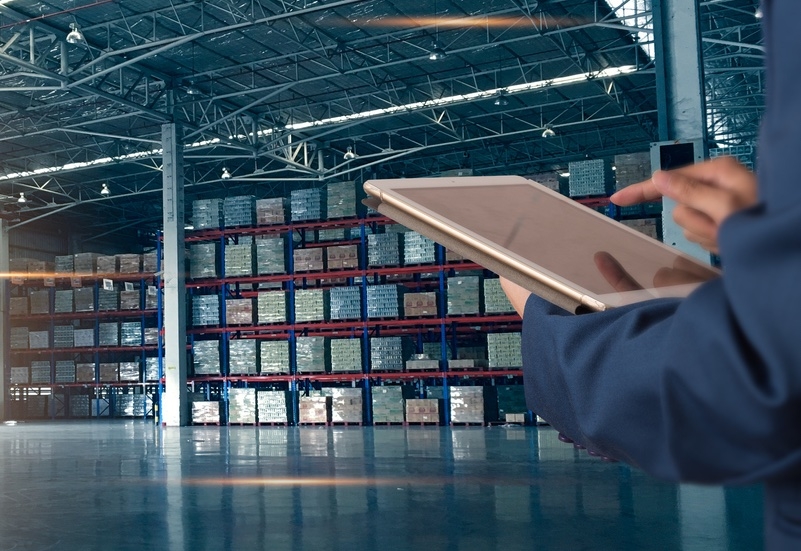
In a previous article we looked at the predictions made for the global supply chain pre-pandemic and examined how some of these predictions seemed to be bearing up in the light of the post-pandemic reality. Although it’s difficult to generalise when dealing with a topic of this size, the overarching theme that emerged from our analysis was that the pandemic, if it had any effect, merely served to accelerate trends already in place.
The switch to online retail, for example, that was turbo-charged when lockdown forced all non-essential shops to close their doors, was already occurring in the years leading up to 2020. Not only this, that shift has been accompanied by a change, for example, the demand placed on warehouses. In simple terms, more and more warehouses, rather than operating primarily as storage depots, will need to adapt to become fulfilment centres. For example, items that move in and out on a pretty much constant basis. Customers increasingly expect the kind of transparency and traceability they enjoy every time they take an Uber.

Having examined the recent past and how the immediate future seems likely to impact the demand for and nature of warehouse storage, it’s probably worth looking at the longer-term for the sector and how automation is expected to play an increasingly important role.
Figures published as part of the Supply Chain Resilience Report 2021, compiled by the Business Continuity Institute, emphasise the considerable role which automation is already playing in the global supply chain:
Perhaps the key statistic thrown up by the report, in terms of the likely future direction of travel, is the fact that 82.7% of respondents reported that senior management commitment to supply chain risk could now be classified as ‘high’ or ‘medium’, up almost ten percentage points since 2019. Where management commitment leads, investment is almost bound to follow. The Gartner Supply Chain Technology Users Wants and Needs Survey, published in February 2021, underlined this simple truth. With a range of predictions, including the fact that, by 2025, more than 50% of supply chain organisations will have a technology leadership role that reports directly to the chief supply chain officer. These predictions indicate how technology will play an increasingly important role in the management of supply chain logistics. Other findings support this, including the fact that by 2024 50% of supply chain organisations say they will be investing in applications that support artificial intelligence and advanced analytics capabilities. By 2023 50% of the organisations that deal with shipping products will have invested in real-time visibility platforms. Platforms of this kind will enable organisations and customers who’ve purchased goods to track the progress of those goods from order placement until delivery. At present, in many cases, customers have little if any ability to track the progress of their orders, something which will come to mark a point of differentiation for customers who eventually expect supply chain transparency as a given.
AI Set to Revolutionise Supply Chain Management and Warehouse Logistics
The delivery of supply chain transparency of this kind is a key example of how the future use of automation and AI will revolutionise all aspects of supply chain management and warehouse logistics. Automation of this kind can, in simple terms, be divided into back-office automation and warehouse based automation. Back-office supply chain automation will deal with the multitude of documents generated such as delivery orders, invoices, shipping notes, order notifications and receipts – in a manner that removes the need for each record to be repeatedly entered, processed, and stored. Artificial intelligence will automate the process from beginning to end, capturing and aggregating data, ensuring that each order moves smoothly through the various stages of the process. Automation will cut the time and effort involved in creating and dealing with the documentation accompanying every order that moves through a warehouse. It will also lead to vast amounts of data that can leverage insights into how to streamline operations.
For anyone involved in managing warehouse storage efficiency, back-office automation can create the data needed to maximise the efficiency of warehouse racking - from its design to its implementation and day-to-day use. Longer-term, the racking and shelving itself will become automated, fitted with sensors that work alongside sensors in the goods themselves as well as the vehicles, machines, and devices used to pick and shift those goods. This real-time information will help streamline operations and used to inform storage and workflow planning - for example, the addition and placement of racking features such as lift platforms, turntables and conveyors to maximise the speed and safety with which items move in and out of the warehouse.
The Robots are Here.. From 1960 to the Present Day and Beyond
In historical terms, the first-ever industrial robot was the Unimate which, in 1961, began operation on the assembly line at General Motors. However, automated guided vehicles (AGVs) have been a part of many factories since the 1950s. These early examples – which tended to be a tow truck led through space by a wire in the floor – are a million miles away from the autonomous mobile robots (AMRs) which operate in contemporary warehouses. Examples already in operation include Amazon Robotics and Tompkins Robotics tSort robots. In the future, bots of this kind will become increasingly advanced, using real-time data and radio frequency identification tags on items to coordinate collection from racking and delivery to a central hub for packing and despatch.
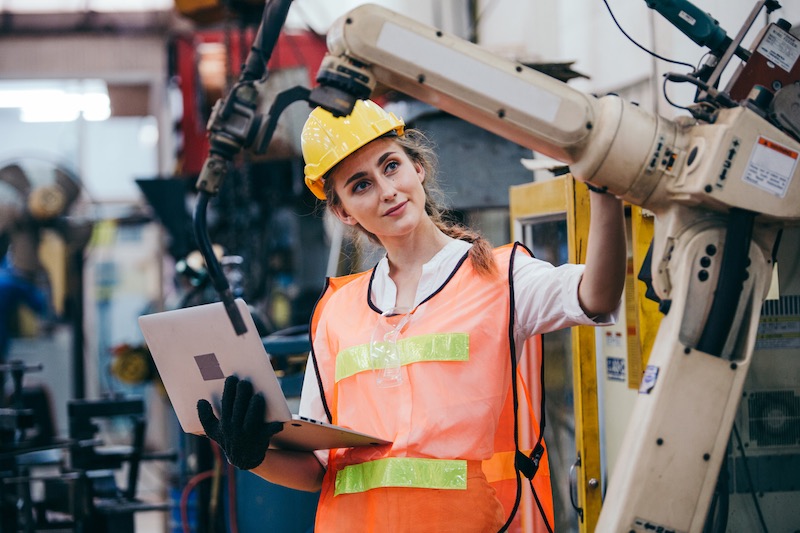
Automation in robotic picking devices may seem like the obvious next step. Still, the future of supply chains is likely to feature employees using wearable tech to maximise efficiency and real-time access data. An example of this is already in use in DHL warehouses around the globe. So-called ‘smart glasses’ are worn in combination with wearables such as ring scanners and Smart Watches. The devices combine to make it easier for employees to find items and pick them while the relevant data is still being collected and uploaded to the logistics systems, speeding up the process and making the most of the time spent on each task.
In the longer term, it’s probably not over-optimistic to presume that almost all operations within a warehouse will be automated, with the racking layout and installation based upon the vast amounts of data gathered at every stage of each order. For those involved in the design and supply of warehouse racking, the immense amounts of data which will become available should power the provision of increasingly flexible and effective provision of warehouse storage solutions for their customers.
This blog is for information purposes only and should not be construed as legal or financial advice and not intended to be substituted as legal or financial advice.
Find Us
S & L United Storage Systems Ltd
United House, The Street
Takeley, Bishop's Stortford
Hertfordshire, CM22 6QR
Company No. 1313816
VAT No. 291616253Say Hello
01279 871 787Copyright © 2025 S & L United Storage Systems Ltd. All rights reserved.
- About Us

